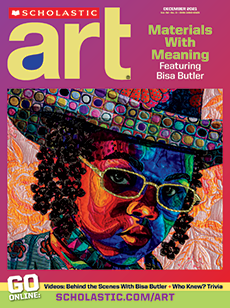The artistic traditions of Italy have their origins in the ancient Roman Empire, which was centered in Rome and the Italian peninsula. The classical tradition of ancient Greece and Rome has been an ever-present element in Italian art throughout its history. Its two greatest and most influential periods—Renaissance and Baroque—relied heavily on the style and ideals of classical art. For centuries, artists have traveled to Italy to study both monuments from Roman times and the work of the great Italian masters of the Renaissance and Baroque periods.
Artists visiting Italy also enjoyed painting and drawing the picturesque countryside and cities bathed in brilliant Mediterranean sunlight. Some artists specialized in Italianate subjects.
Before its unification in 1871, Italy was made up of many small independent city-states. The most powerful were Venice, Florence, Naples, and the Papal States centered in Rome. Different styles of art and architecture developed in each city. The major patrons of art in the cities were their wealthy ruling families. These included the Medici in Florence, the Gonzagas in Mantua, and the Farnese and Barberini in Rome. The most influential art patrons in all of Italy were the ambitious popes of the Roman Catholic Church in Rome. They commissioned the leading architects and artists of the day to build and decorate their churches and palaces.
